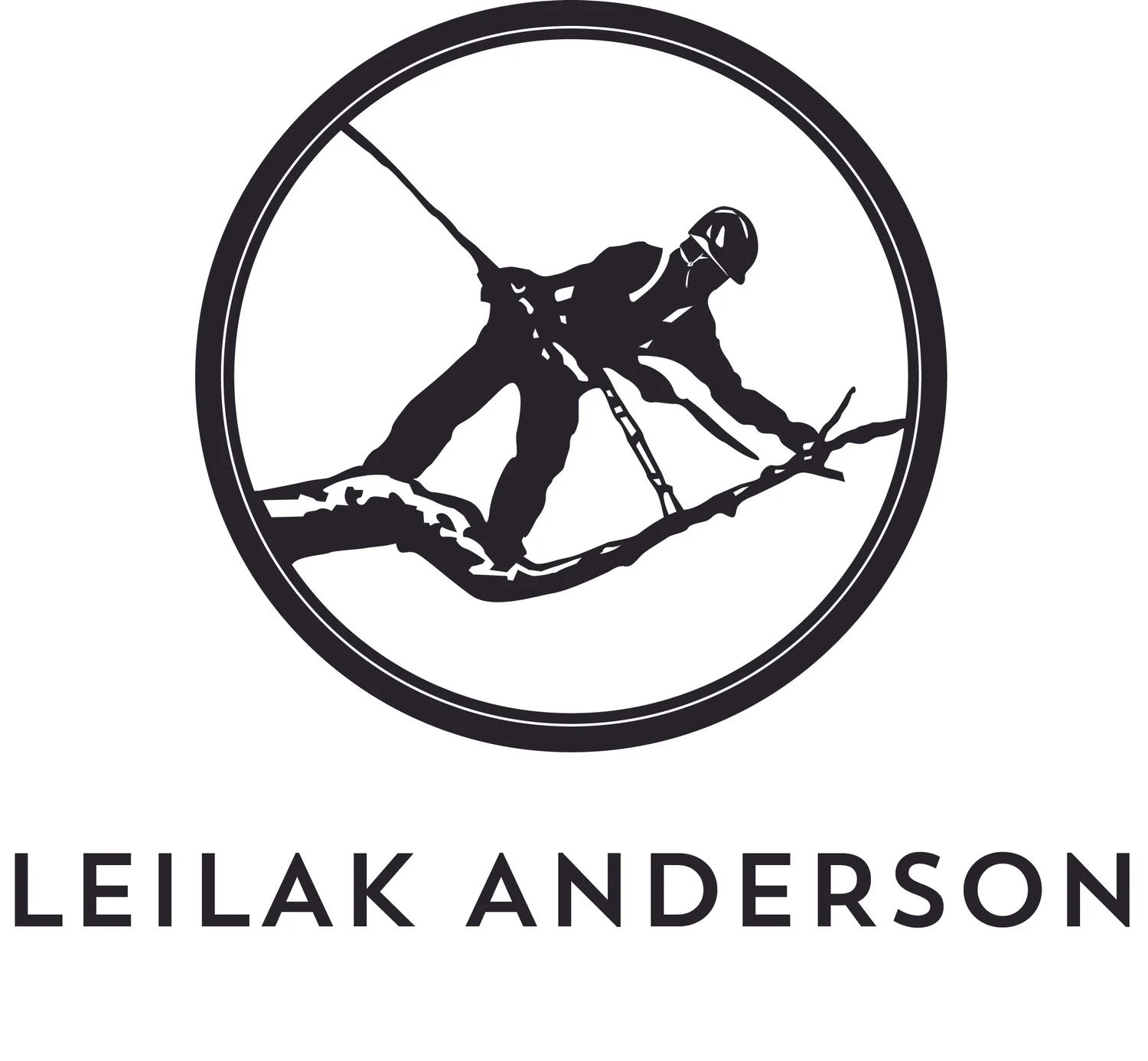(NB: I wrote this article for the Advocate on August 30, 2014)
I’m headed to Milwaukee, WI this weekend to represent Quebec in the international tree-climbing competition. A recent article in the Arborist News reminded me how important these competitions are to making the tree industry safe. And it took some pioneers to carve the way. Though the first international tree-climbing competition in 1951 was a hit and “all six boys put on a fine climbing demonstration,” (Arborist News, June 2014) the annual world comp didn’t really catch on until it was hosted as a Jamboree in St. Louis, Missouri, 1976.
These were the good old days when hardhats were optional, the aerial rescue event was performed with a live person (in place of today’s life-sized dummy), and one event was a race to cut a chair out of solid log; the first person to sit in his chair was declared winner. Check out the drawing of my father as the Man with the Axe, and note the absence of a lifeline. The industry was due for some technology advances.
Well, something did happen, and the event was cancelled for a few years due to lack of insurance liability coverage. This sparked a major change: starting in the 90s, competitors had to be tied in at all times during an event. In addition, the Society of Arboriculture created safety standards and rulebooks that met the needs of the new insurance program.
Nowadays, the comp doesn’t have two-man crosscutting events and gin-pole demos (though most of us still know how to make a quick and comfy log chair for our lunchtime break!) From limb walks to massive rope swings and aerial rescues, the winner will be chosen from the best tree guys on the planet based on scenarios we encounter every day on the job—events customized to test our ability to work safely and confidently in the most dangerous industry in the world (farming is also top ten, Globe and Mail 2014). It took a lot of guts and brawn to get to where we are now, and I want to take my helmet off to all of you out there who paved the way to make ours a safer working generation.


